 Soil and Groundwater Quality Management
Soil and Groundwater Quality Management
Under the ongoing focus on environmental protection, the Ministry of Environment is actively engaged in monitoring and managing soil, groundwater, and sediment quality to ensure that our land and water resources are effectively safeguarded and maintained. The achievements and measures in these areas are as follows.
Soil Quality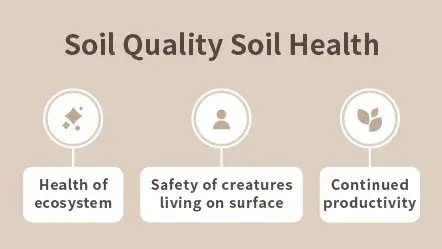
Soil quality refers to the soil's unique ability within natural ecosystems, such as maintaining plant productivity, reducing environmental pollutants, and ensuring soil quality in the environment. It also plays a role in safeguarding the quality of life and health for plants, animals, and humans, promoting sustainable agricultural development, and protecting soil and water resources.

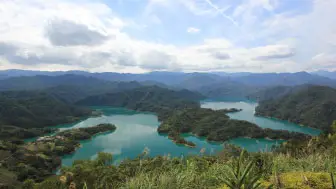
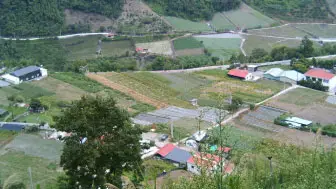
The Environmental Management Administration has been conducting nationwide soil quality monitoring over the years, accumulating a wealth of valuable experience and data. This data is crucial for soil resource management, quality protection, national land use, and soil pollution management policymaking. The formulation of policies and regulations relies on this data to support environmental investigation and analysis, ensuring the effective protection and management of land and environment.
Soil Investigation Results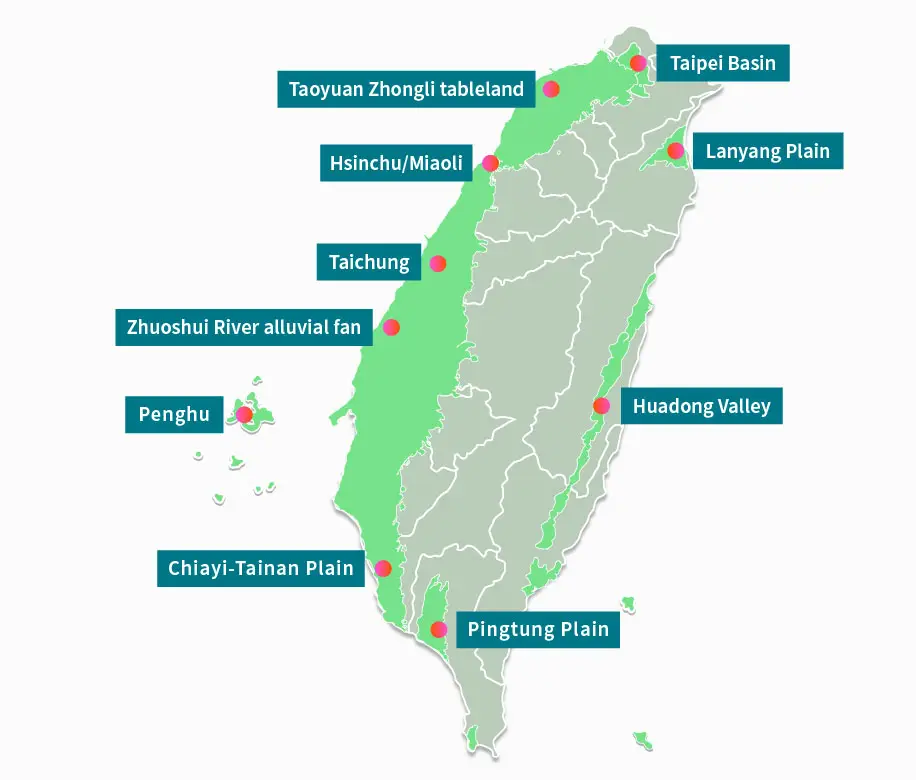
Since 2002, regional groundwater monitoring wells have been utilized for groundwater monitoring, with testing conducted one to four times annually. According to statistical data from years of regional groundwater quality monitoring, in the past ten years, the proportion of national groundwater levels that remain below pollution monitoring standards has exceeded 90%. This is mainly due to the influence of natural background geology. Ammonia nitrogen, aside from being transformed from organic matter in natural formations, also serves as an indicator of human pollution in water bodies. Volatile organic pollutants remain below groundwater pollution monitoring standards.
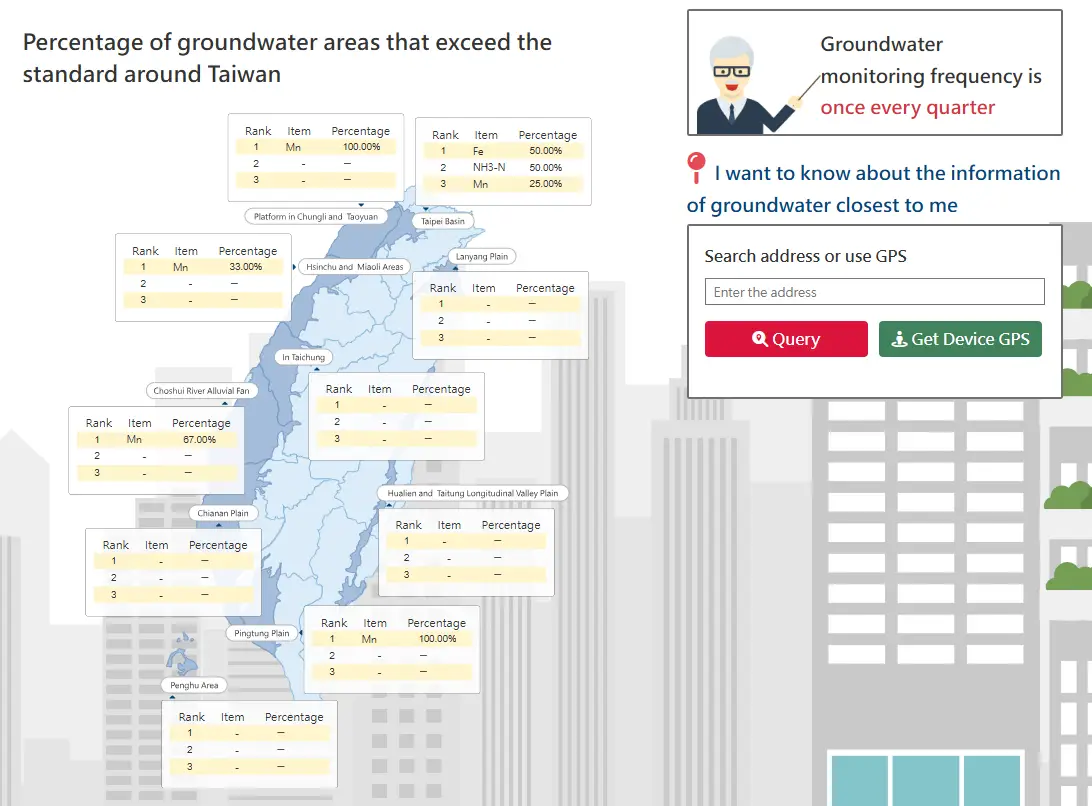
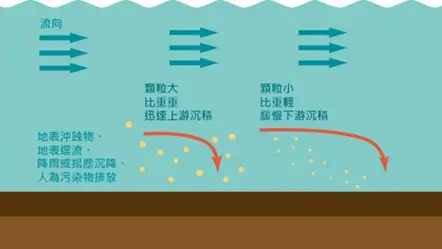
Sediment consists of a mixture of sand, clay, silt, and other substances that settle at the bottom of water bodies. Sediment may originate from mineral-rich soil or natural organic materials from plants and animals, or it may come from human pollutants that have settled at the bottom of water bodies through physical means and biochemical reactions. Since sediment is located beneath the water's surface, pollution is unlikely to result in human contact or ingestion, thus posing no immediate threat to people's health. However, if pollutants from human activities accumulate in sediment over time, it could potentially pose health risks to humans through bioaccumulation and biomagnification in the food chain.
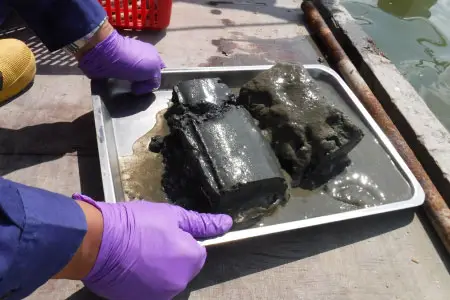

Since sediment quality management was incorporated into the "Soil and Groundwater Pollution Remediation Act" in 2010, the Ministry of Environment has annually established relevant laws, administrative regulations, and guidelines. Beginning in 2014, business competent authorities of rivers, lakes and reservoirs, and irrigation canals must conduct regular sediment quality testing at least once every five years in water bodies under their jurisdiction. The sediment quality test results are published on the "Taiwan Sediment Quality Information website", allowing the public to access information and understand sediment quality management knowledge and achievements. This helps the public better understand sediment quality and the current state of the aquatic environment.


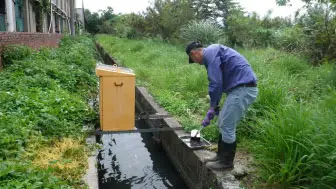
Through continuous monitoring, management, and information disclosure, we are committed to ensuring that the quality of soil, groundwater, and sediment meets standards, thereby protecting the environment and public health. We will continue our efforts to ensure these vital natural resources receive appropriate protection and management to safeguard the environment and the health of the population.
- Data Source: Soil and Groundwater Pollution Remediation Fund Management Board
- Publish Date: 2024-11-28
- Update Date: 2025-11-17

 Related Topics
Related Topics

